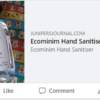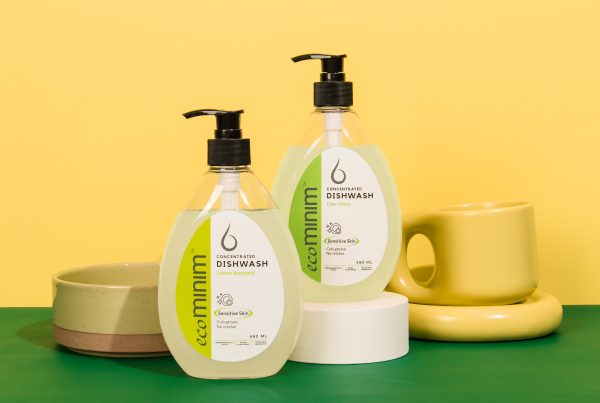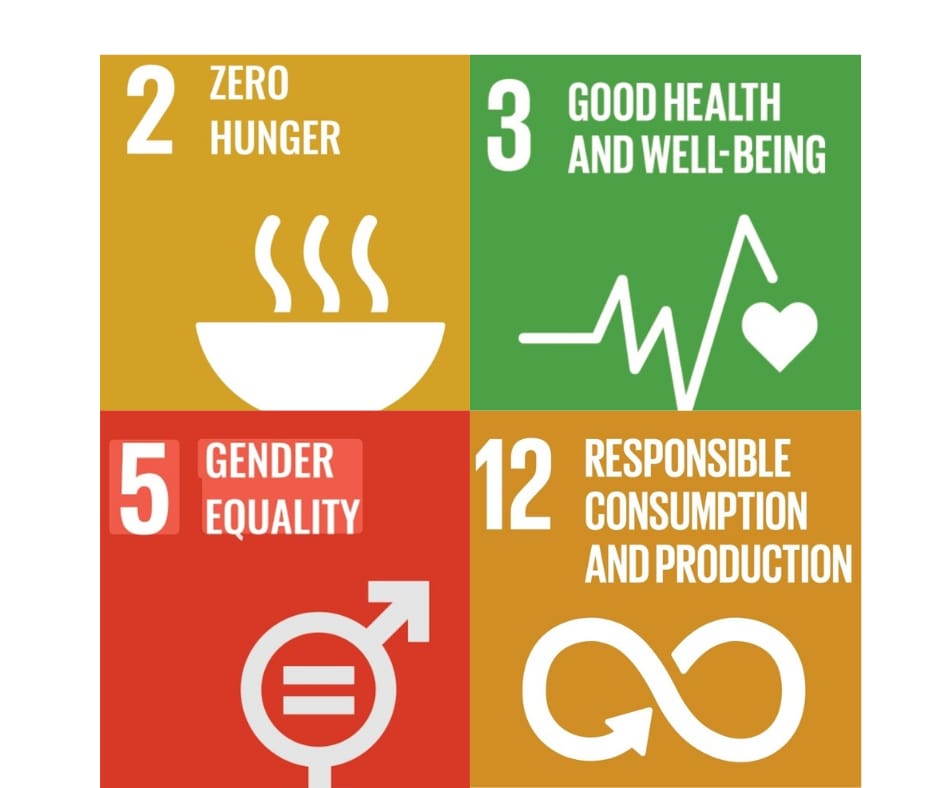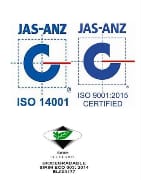Recently a friend shared on our WhatsApp chat that she cannot join our weekly gals’ get-together due to her hands having sensitivity issues. A picture of red blistery hands pained us all. The cause of it after much analysis is her using an expired, expensive, well-known brand of dishwash. After all, as the dishwash is of a renowned brand, using it past the expiry date should not be a problem right? Wrong, especially if the expiration date has been a while! Just toss it away, seriously; the cost of visits to expensive skin dermatologists is not worth it. But more importantly, skin sensitivity involves a long and winding road to recovery if at all.
Expiry dates exist for a reason. The dates indicate the optimal effectiveness of the product before the breakdown of the chemicals and degrade their effectiveness. These expiry dates are also hastened once opened, as exposure to bacteria and contamination will have occurred. Upon expiry, a change of pH, as well as change in appearance or separation, may occur and lastly, there could be an olfactory change. Unopened cleaning products generally have a longer shelf life compared to opened ones.
The shelf life of a product is a measure of the overall stability of the product based on tests and data received. It is something that manufacturers pay particular attention to and is taken very seriously. Whilst there is stringent regulation for cosmetic products, the rules for home detergent are a little more relaxed and are very much at the discretion of the manufacturer and brand owner. Also, most cleaning brands may use strong preservatives like formaldehyde/formalin and even methylisolinone to prolong the shelf life. These preservatives may do the job in preserving but they may also create complications as most of them can cause skin allergy and in the case of formalin which is also known to be a carcinogen.
Why absolutely not?
One of the most important reasons is the fact that preservatives are dosed for a product’s determined life span. Once the product lifespan is over, the efficacy of the preservatives is reduced, thus enabling and germs bacterial growth especially in warm and humid weather. The bacteria growth may cause adverse effects like skin blemishes, irritation, and skin infections.
Secondly, the efficacy of expired cleaning products like dishwash or detergent may deteriorate. For instance, a surface cleaner, may still clean but it may not be as effective it was originally intended to be.
Thirdly, chemicals that expire may experience changes in form, for instance, the salts in it may precipitate over time and change into dangerous peroxides. Other ingredients like perfume may turn rancid. All these may have an adverse reaction to the environment or users.
Generally, the shelf life of opened products is between 12 to 18 months, which allows for plenty of time for completion of usage. If you are one of those people who use things occasionally, perhaps you would like to indicate the opening date with a marker pen, as a casual reminder.
But shelf life is only an indicator of how long a product should keep. For instance, an unopened hand sanitizer will have a shelf life of 3 years. However, an opened alcohol-based sanitizer will evaporate and if kept in a heated environment the efficacy of alcohol may reduce to 60 percent as alcohol evaporates. Hence, always turn off the nozzle or keep your sanitizers capped when not in use.
Always buy from brands that are more supportive of consumers’ right to information; brands that display all the manufacturing and expiration dates.
Brands like Ecominim®, an eco-friendly detergent for sensitive skin, use food-grade preservatives which alleviate skin allergy issues and are safe. They are meticulous and also transparent about their eco friendly detergent ingredients information as well as the shelf life.
Remember, always buy only what you need and make sure to use it within the expiration date. If in doubt, just discard.






